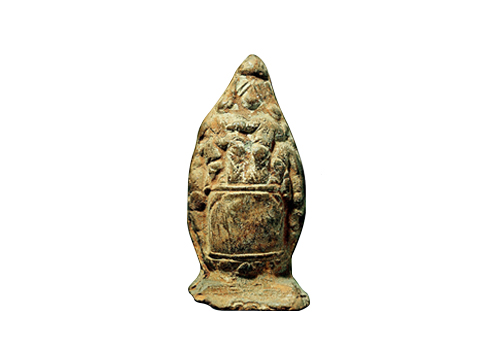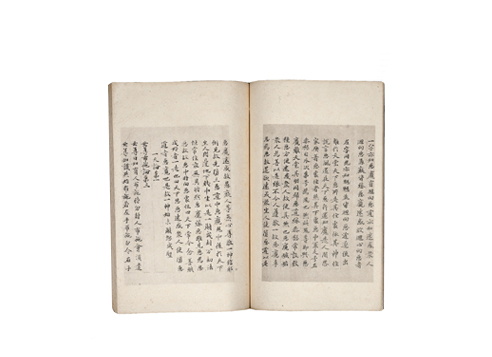The Christianity in Korea Room houses artifacts relating to the Nestorian heritage, the historical origins of Korean Christianity and the acceptance of the Catholic faith, the growth and persecution during the later period of the Joseon Dynasty, the spontaneous acceptance of Protestantism and the activities of Protestant missionaries, and Korean bibles, all of which offer an insight into the development of Korean Christianity.
Permanent Exhibition
-
- Exhibition
- Permanent Exhibition
- History Hall for Christianity in Korea
Category Title
Nestorianism is the Christian denomination that was named after Nestorius and regarded as a heresy due to its interpretation of Christian doctrines.
Following its arrival in the Orient, Nestorianism was preached to the Chinese Tang Dynasty in 635 and went on to mingle with China's native religion of Buddhism.
It received the royal household's support and continued to develop for approximately 150 years. Nestorianism, which was able to flourish in Chinese society, was ultimately imparted to the Unified Silla Dynasty, thereby transmitting its cultural influence to ancient Korea.
Artifacts such as the Nestorian Stone and the Statue of the Virgin Mary discovered at Gyeongju's Bulguksa Temple in the 1950s suggest that Nestorianism was imparted to the Korean Peninsula in the 8th-9th centuries not as a faith, but as a form of culture.
Thus, the earliest dissemination of Christianity in Korea can be traced back some 1,200 years.



